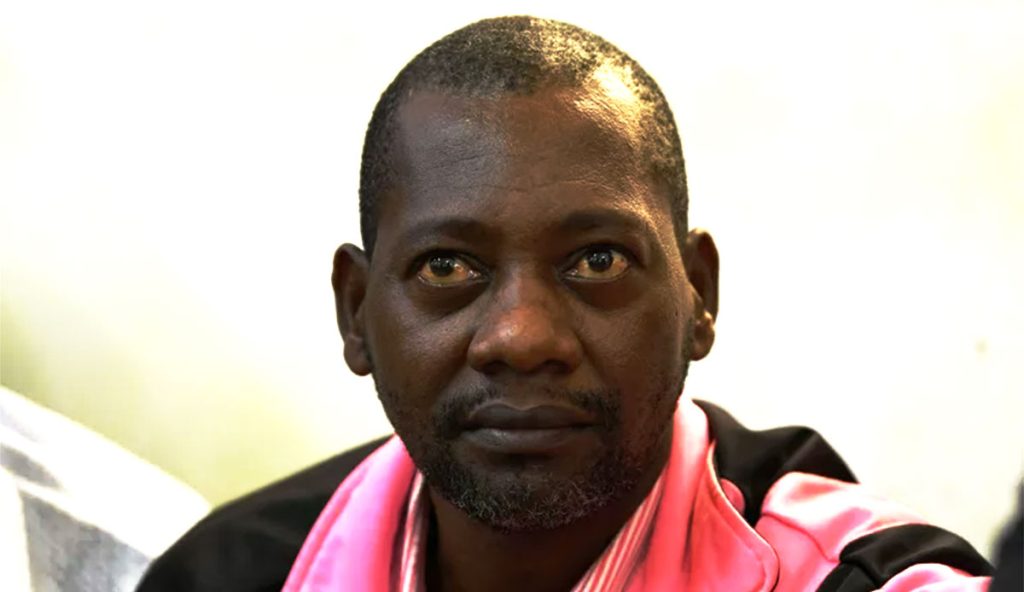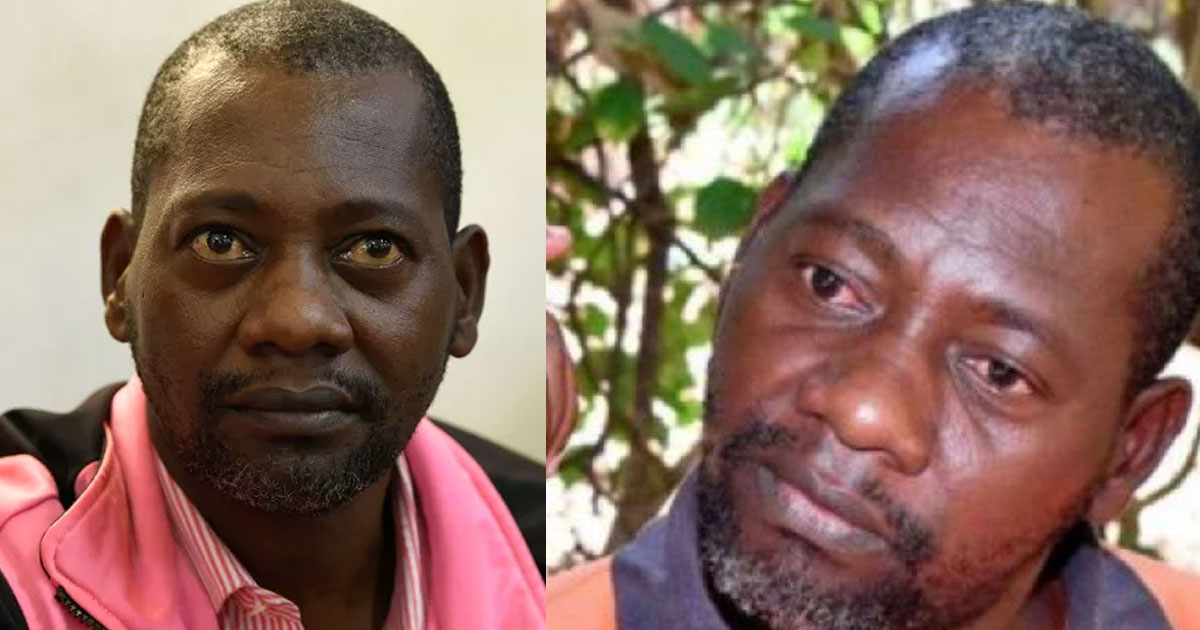In a case that has shocked the world, Paul Mackenzie, a self-proclaimed pastor and leader of the Good News International Church, finds himself at the center of one of the most horrifying cult-related tragedies in recent history. This article delves into the life of Mackenzie, unraveling the complexities of his character and the events that led to the grim discovery in Shakahola forest, Kenya. With over 400 bodies unearthed, many of whom were children, the scale of the tragedy is unprecedented. This investigation aims to shed light on how a religious leader turned into an alleged murderer, captivating the attention of global media and law enforcement agencies.
Who is Paul Mackenzie?
Paul Mackenzie’s journey from obscurity to infamy began in a modest setting. A former taxi driver, Mackenzie’s transformation into a religious leader is marked by a dramatic shift in his life’s trajectory. In 2003, he established the Good News International Church, positioning himself as a charismatic leader with a growing following. His teachings and leadership style gradually evolved, taking on a more radical and controlling nature over time.

The Formation of Good News International Church
The Good News International Church, under Mackenzie’s leadership, started as a seemingly innocuous religious group. However, it soon transformed into an organization with extreme beliefs and practices. Mackenzie’s control over his followers intensified, with reports indicating that he forbade them from sending their children to school and seeking medical help, labeling these institutions as satanic. This control and influence over his congregation marked the beginning of a dangerous path that would eventually lead to tragedy.
Increasing Radicalization and Control
As Mackenzie’s influence grew, so did his radical beliefs. He started propagating the idea of an impending apocalypse, convincing his followers that the end of the world was near. This apocalyptic vision became a central tenet of the cult, driving many of its activities and decisions. Mackenzie’s ability to persuade and control his congregation played a crucial role in the events that unfolded, leading to the mass tragedy in Shakahola forest.
The Shakahola Tragedy Unfolds
In April 2023, the world’s attention turned to a remote forest in Shakahola, Kenya, where a macabre discovery unveiled the grim reality of the Good News International Church led by Paul Mackenzie. Investigators unearthed over 400 bodies from mass graves in an 800-acre area within the forest. These findings included children and adults, many of whom showed signs of severe starvation and, in some cases, possible physical assault.
The scale of the tragedy was unprecedented. The exhumation process was both grueling and delicate, revealing the extent of the cult’s activities. Autopsies indicated that starvation was a primary cause of death, aligning with reports that Mackenzie had convinced his followers to fast to death as part of their spiritual journey. This mass tragedy stands as one of the most shocking cult-related incidents in recent history, marked by the sheer number of victims and the gruesome manner of their demise.
The Cult’s Doomsday Belief
At the heart of the Shakahola tragedy lay Mackenzie’s apocalyptic teachings. He had convinced his followers that the world was ending and that to reach heaven before the apocalypse, they needed to undertake extreme sacrifices. This belief system was meticulously planned and executed in phases, starting with the children, followed by women and young men, and finally, the remaining men.
Members of the Good News International Church were persuaded to relocate to Shakahola forest to prepare for the end of the world. They were instructed to embark on a fasting regimen, allegedly as a means to purify themselves for their ascension to heaven. These doomsday beliefs were not only radical but also dangerously compelling, leading hundreds to follow Mackenzie’s directives without question.
Mackenzie’s ability to manipulate his congregation under the guise of religious salvation culminated in a catastrophic loss of life, reflecting the dangerous potential of cult leaders who exploit the faith and trust of their followers.
Legal Proceedings and Charges
The legal proceedings against Paul Mackenzie commenced following the horrific discovery in Shakahola. Kenyan authorities charged Mackenzie and 94 other individuals with a slew of serious offenses. These charges include murder, manslaughter, assault, radicalization, engaging in organized criminal activity, cruelty to a child, facilitating the commission of a terrorist act, and child torture. The Office of the Director of Public Prosecutions in Kenya, after a thorough analysis of the evidence, found sufficient grounds to prosecute these suspects.
In a significant judicial move, a Kenyan judge ordered mental health evaluations for Mackenzie and his associates before formal charges were laid and pleas entered. This step reflects the complexity and severity of the case. The decision to conduct mental health assessments underscores the need to understand the psychological underpinnings of such a large-scale tragedy. The case, given its magnitude and the number of victims involved, is one of the most significant in Kenyan legal history and continues to be closely monitored by both national and international observers.
Mackenzie’s Denial and Defense
Despite the overwhelming evidence and the gravity of the charges, Paul Mackenzie maintains his innocence. He vehemently denies responsibility for the deaths of his followers. His defense revolves around the claim that he had closed the Good News International Church in 2019, thus absolving himself of the events that unfolded thereafter. This denial raises questions about the extent of his influence over the cult members and the nature of his control.
Furthermore, Mackenzie’s defense team argues that the deaths cannot be directly attributed to him. They suggest that without concrete evidence linking Mackenzie’s orders to the actions of the cult members, the case against him might not be as straightforward as it seems. This stance by Mackenzie and his defense team adds a layer of complexity to the legal proceedings, as the prosecution must not only prove the occurrence of the crimes but also establish a direct link to Mackenzie’s leadership and directives.
The trial of Paul Mackenzie is not just a legal battle but also a deep dive into the psychology of cult leadership and the vulnerabilities of those who fall under its sway. As the case unfolds, it continues to attract global attention, highlighting the dark and often hidden world of cults and their catastrophic impact on society.
The Impact on the Community and Victims’ Families
The Shakahola tragedy, orchestrated by Paul Mackenzie, left an indelible mark on the community and the families of the victims. The discovery of over 400 bodies, many of whom were children, sent shockwaves through the local community and beyond. The scale of the tragedy brought to light the devastating impact of cult influence and manipulation.
Families of the victims were left to grapple with the loss of their loved ones in unimaginably horrific circumstances. The psychological trauma experienced by these families is profound, with many struggling to understand how and why their relatives fell victim to Mackenzie’s manipulative tactics. The community at large experienced a sense of betrayal and disbelief, as many had viewed the Good News International Church as a harmless religious group before its true nature was revealed.
Moreover, the incident sparked a broader conversation about the need for vigilance and education regarding the dangers of cults. It highlighted the importance of community support systems in identifying and responding to such threats, and the critical role of law enforcement and legal frameworks in preventing similar tragedies.
Comparative Analysis with Other Cult Leaders
Paul Mackenzie’s case bears similarities to other notorious cult leaders throughout history. Like Jim Jones of the Jonestown Massacre and David Koresh of the Branch Davidians, Mackenzie used charismatic leadership and manipulative techniques to exert control over his followers. These leaders created isolated communities where they could enforce their radical beliefs without external interference, eventually leading their followers to tragic ends.
However, each cult leader operated within their unique contexts and belief systems. While Jones and Koresh had apocalyptic visions, Mackenzie focused on the concept of reaching heaven through starvation. What binds these leaders together is their ability to exploit the vulnerabilities of their followers and their use of fear and manipulation to maintain control over their respective cults.
Conclusion
The case of Paul Mackenzie is a stark reminder of the dangers posed by cult leaders who exploit the faith and trust of their followers. The Shakahola tragedy not only represents a monumental loss of life but also serves as a cautionary tale about the power of manipulation and the vulnerability of those who fall under the sway of charismatic leaders. As the legal proceedings against Mackenzie continue, the world watches, hoping for justice for the victims and their families, and for lessons to be learned to prevent such tragedies in the future.
The impact of this case extends far beyond the borders of Kenya, prompting a global conversation about the nature of cults, the psychology of their leaders, and the societal mechanisms needed to protect vulnerable individuals from such devastating manipulation.









Leave a Reply